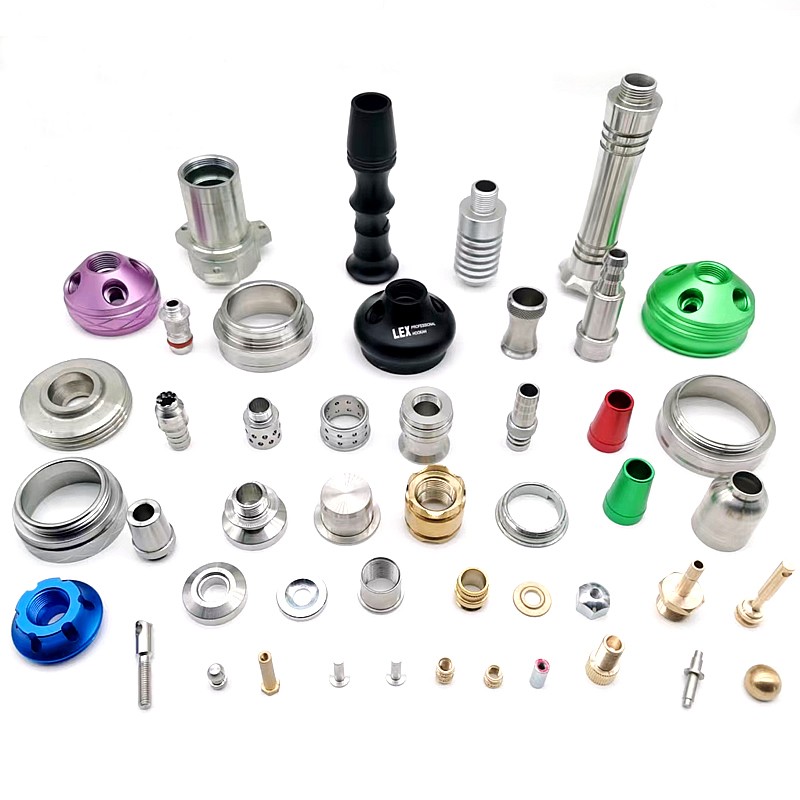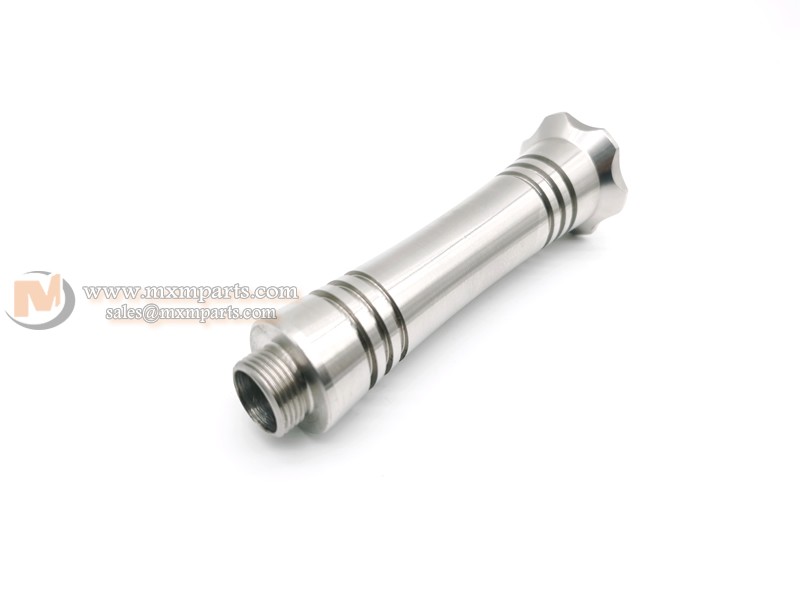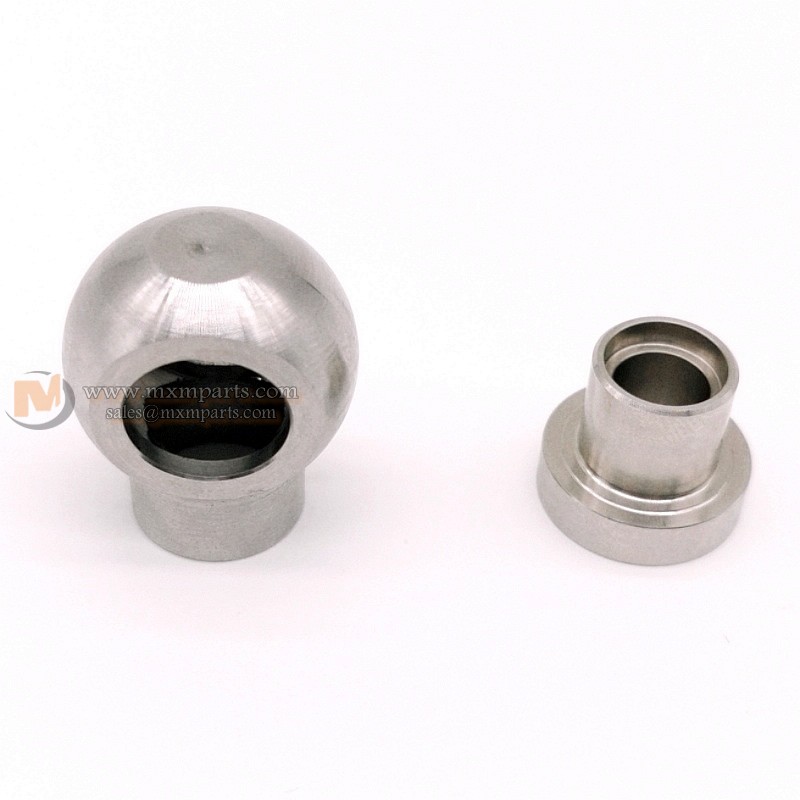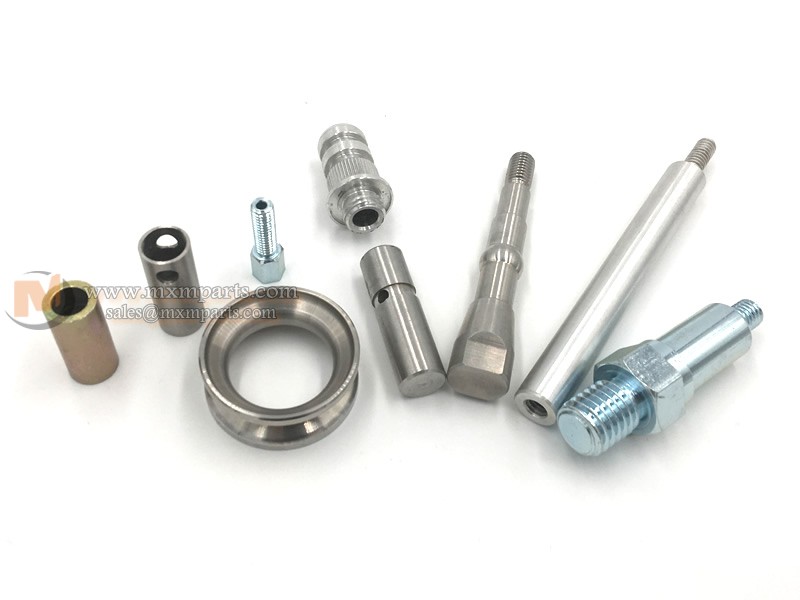In the world of precision engineering and manufacturing, CNC turning parts have emerged as a game-changer. Computer Numerical Control (CNC) turning is a cutting-edge technology that allows for the efficient and precise production of intricate components. With its versatility, speed, and accuracy, CNC turning has revolutionized the manufacturing industry.
CNC turning parts are produced through the process of CNC turning, which involves the rotation of a workpiece while a cutting tool removes material to create the desired shape. The turning process can be applied to a wide range of materials, including metals, plastics, and composites, making it suitable for diverse industries such as automotive, aerospace, electronics, and more.
One of the key advantages of CNC turning is its ability to produce complex geometries with high precision. The CNC machine follows pre-programmed instructions, allowing for consistent and repeatable results. This level of accuracy is essential for industries that require tight tolerances and intricate designs.

Moreover, CNC turning offers exceptional efficiency and productivity. The automation of the process eliminates the need for manual intervention, reducing the risk of human error and increasing production speed. With the ability to run continuously, CNC turning allows for higher output and shorter lead times, meeting the demands of today's fast-paced manufacturing environment.
CNC turned parts also exhibit superior quality and surface finish. The precision of the cutting tool ensures smooth and precise cuts, resulting in components with excellent dimensional accuracy and surface integrity. This level of quality is crucial in industries where performance and reliability are paramount.
Furthermore, CNC turning offers cost-effectiveness in the long run. Although the initial setup and programming may require investment, once the process is established, it can produce large quantities of parts consistently and efficiently. Additionally, the reduced risk of errors and the ability to optimize material usage contribute to cost savings over time.
The applications of CNC turning parts are vast and varied. From intricate medical devices and aerospace components to automotive parts and consumer electronics, CNC turning plays a critical role in the production of precision components for various industries. The versatility of CNC turning allows for customization and adaptability to meet the specific requirements of each application.
In conclusion, CNC turning parts have transformed the landscape of precision engineering and manufacturing. The technology's ability to deliver high precision, efficiency, and quality has made it indispensable in industries that demand complex and precise components. With CNC turning, manufacturers can achieve exceptional productivity, reduce costs, and meet the ever-growing demands of the market. As CNC turning continues to evolve, we can expect even more advancements and innovations that will further revolutionize the manufacturing industry.





